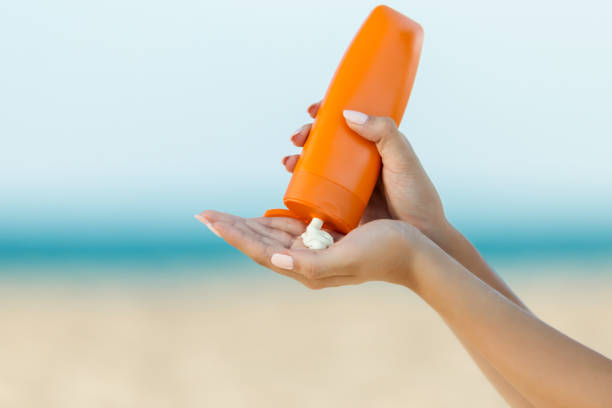Finding the right sunscreen can be a challenge, especially if you have oily skin. While sunscreen is essential for protecting your skin from harmful UV rays, the wrong formula can leave your face feeling greasy, clogged, and prone to breakouts. In this guide, we’ll break down how to choose the perfect sunscreen for oily skin, including tips, product recommendations, and ingredients to look for.
Why Sunscreen Is Essential for Oily Skin
Even if your skin produces more natural oils, it still needs protection. UV exposure can cause premature aging, dark spots, and even increase the risk of skin cancer. For oily skin, using the right sunscreen can also help:
- Control excess shine
- Prevent clogged pores
- Maintain a matte finish
Skipping sunscreen or choosing the wrong type may worsen oiliness or cause acne breakouts, which is why selecting the right formula matters.
Key Factors to Consider When Choosing Sunscreen
When shopping for sunscreen for oily skin, keep these factors in mind:
1. Look for Oil-Free or Non-Comedogenic Formulas
Sunscreens labeled oil-free or non-comedogenic are less likely to clog pores or contribute to breakouts. These formulas are specifically designed for oily or acne-prone skin.
2. Opt for Matte or Gel-Based Sunscreens
Cream-based sunscreens can feel heavy, while gel or water-based sunscreens provide a lightweight, matte finish. This type is ideal for daytime wear and works well under makeup.
3. Choose Broad-Spectrum Protection
Make sure your sunscreen protects against both UVA and UVB rays. Broad-spectrum sunscreens prevent sunburn, premature aging, and long-term skin damage.
4. Consider SPF 30 or Higher
For oily skin, SPF 30 is generally sufficient for daily protection. If you’re outdoors for extended periods, consider SPF 50 for added defense.
5. Check the Ingredients
Some ingredients are better suited for oily skin:
- Zinc Oxide & Titanium Dioxide – Provide physical sun protection without clogging pores
- Niacinamide – Helps control oil production and reduce shine
- Salicylic Acid – Can help prevent breakouts
Avoid heavy oils or greasy emollients that can make skin feel more oily.
Tips for Applying Sunscreen on Oily Skin
To get the best results:
- Apply on Clean, Dry Skin – Ensure your face is free of excess oil or dirt.
- Use the Right Amount – About a nickel-sized amount for your face and neck ensures proper coverage.
- Reapply Every 2–3 Hours – Especially if you’re outdoors or sweating.
- Layer Smartly – If you wear makeup, consider a primer with mattifying properties before applying sunscreen.
Recommended Sunscreens for Oily Skin
Here are a few highly-rated sunscreens specifically formulated for oily skin:
- La Roche-Posay Anthelios Clear Skin SPF 60 – Lightweight, oil-free, and non-comedogenic.
- Neutrogena Hydro Boost Water Gel SPF 30 – Gel-based and hydrating without heaviness.
- EltaMD UV Clear Broad-Spectrum SPF 46 – Contains niacinamide, perfect for acne-prone skin.
- Cetaphil PRO Oil Absorbing Moisturizer SPF 30 – Controls shine while protecting against UV rays.
Common Mistakes to Avoid
Even with the right sunscreen, oily skin can flare up if you:
- Skip Reapplication – Sun protection is temporary; oil and sweat can reduce effectiveness.
- Use Heavy Moisturizers Under Sunscreen – This can lead to excess shine.
- Neglect the Neck and Ears – These areas are prone to sun damage and often forgotten.
Final Thoughts
Choosing the perfect sunscreen for oily skin doesn’t have to be complicated. Focus on oil-free, non-comedogenic, and matte formulas with broad-spectrum protection. Incorporate them into your daily skincare routine, layer with light moisturizers if needed, and don’t forget to reapply.
With the right sunscreen, you can protect your skin from sun damage while keeping shine under control, preventing breakouts, and maintaining a healthy, glowing complexion.
Remember, sun protection is essential for all skin types, and oily skin is no exception. Invest in a good sunscreen today to keep your skin safe and radiant for years to come.

